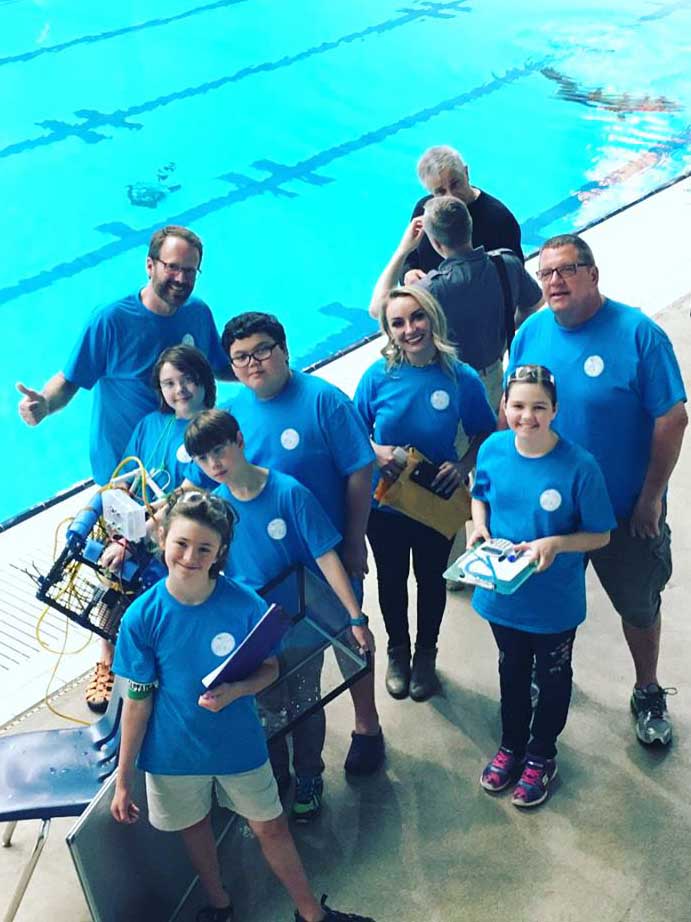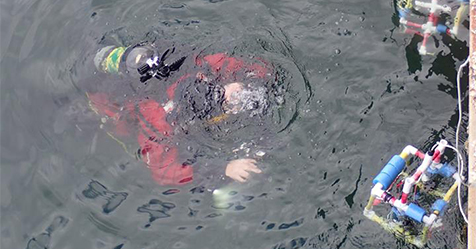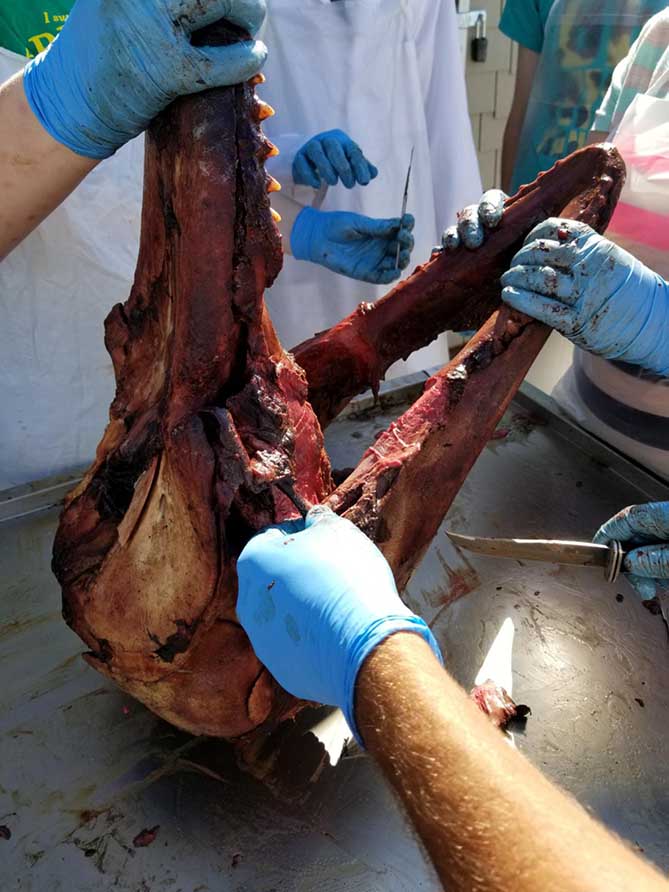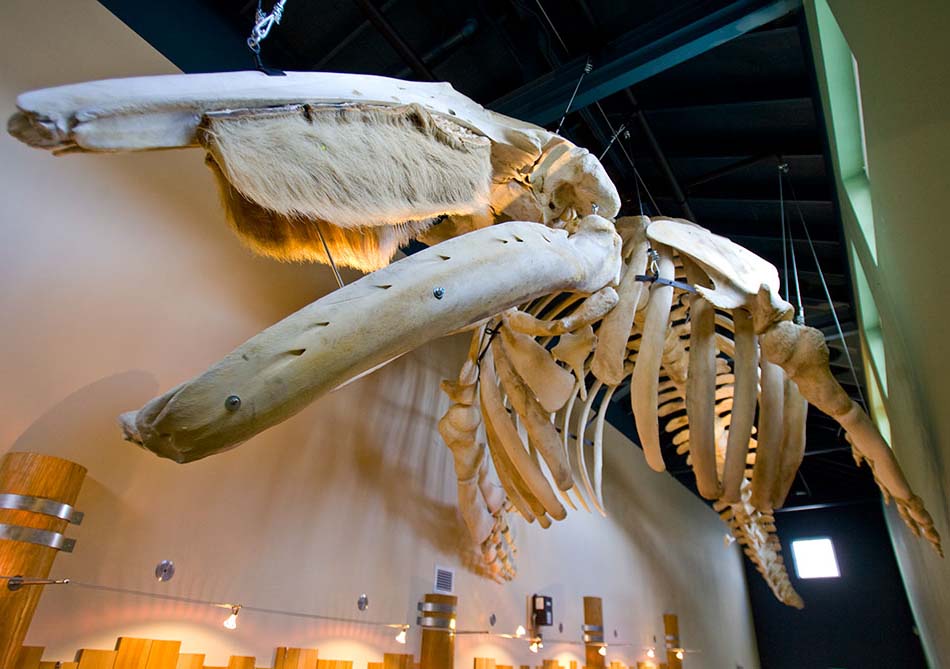Hands-on learning is a hallmark of Highline’s Marine Science and Technology (MaST) Center. Aquarium touch tanks are one example. A lesser known way is through remotely operated vehicles, or ROVs.
MaST Center staff and volunteers help students and visitors alike use ROVs to dive deep into local waters. And for a team of local elementary school students from Tacoma, this underwater exploration tool proved to be a winning way to learn.

Geiger Montessori Elementary School 5th grade students pose poolside with MaST Center staff and coaches at the 2018 Marine Advanced Technology (MATE) ROV competition in May 2018.
Read about the ROV program in an article written by Jessica Lotz, “Engaging Students in Underwater Technology and ROVs,” published July 18, 2018, by Clearing. Clearing is an online and print magazine for environmental learning in the Pacific Northwest and the larger Cascadia bioregion.
An AmeriCorps member, Lotz serves as education and outreach coordinator for the MaST Center. Her article highlights the MaST Center’s work with Geiger Montessori Elementary School.
Learn more about what has been happening at the MaST Center in other recent coverage:
For a top spot to visit this summer, local media are recommending the MaST Center: “Fun for the Whole Family in Seattle Southside” (“Seattle Refined” on KOMO TV 4, July 26, 2018) and “5 Reasons to Get Outdoors” (The Pierce Pioneer, June 11, 2018).
The MaST Center is located at Redondo Beach, a popular destination for scuba divers. Learn about the center’s involvement in the Redondo Artificial Reef Project: “Washington Scuba Alliance Unveils Ongoing Improvement Projects” (SCUBA H20 Adventures magazine, pages 34–35, June 2018).
MaST Center Manager Rus Higley knows how to build a whale, a unique skill to have on a résumé. Because of his expertise constructing whale skeletons, people seek him out. Read about just such an instance in the brief, and beautifully written, piece about flensing a whale: “Life After Death: How to Build a Whale” (Out There Outdoors, 6/19/18).
The 38-foot gray whale skeleton on display at the MaST Center’s main entrance may one day have a companion. Due to the unfortunate death of a killer whale calf, the MaST Center now has another animal skeleton to use as a teaching tool.
This is a significant coup for the MaST Center since there are just a couple of such skeletons on display in the U.S.
Having an adult skeleton is rare in itself. Currently, there are fewer than 15 on display. The center’s work with NOAA (National Oceanic and Atmospheric Administration) led to the acquisition.
Staff members are now cleaning the bones, a process called “flensing.” They hope to display the entire animal, but depending upon the condition of the bones, may only be able to show the skull.
Read about where the calf was found in “Ecotype of Recently Stranded Killer Whale Calf Determined From Genetic Sample” (Cascadia Research Collective, July 23, 2018).




